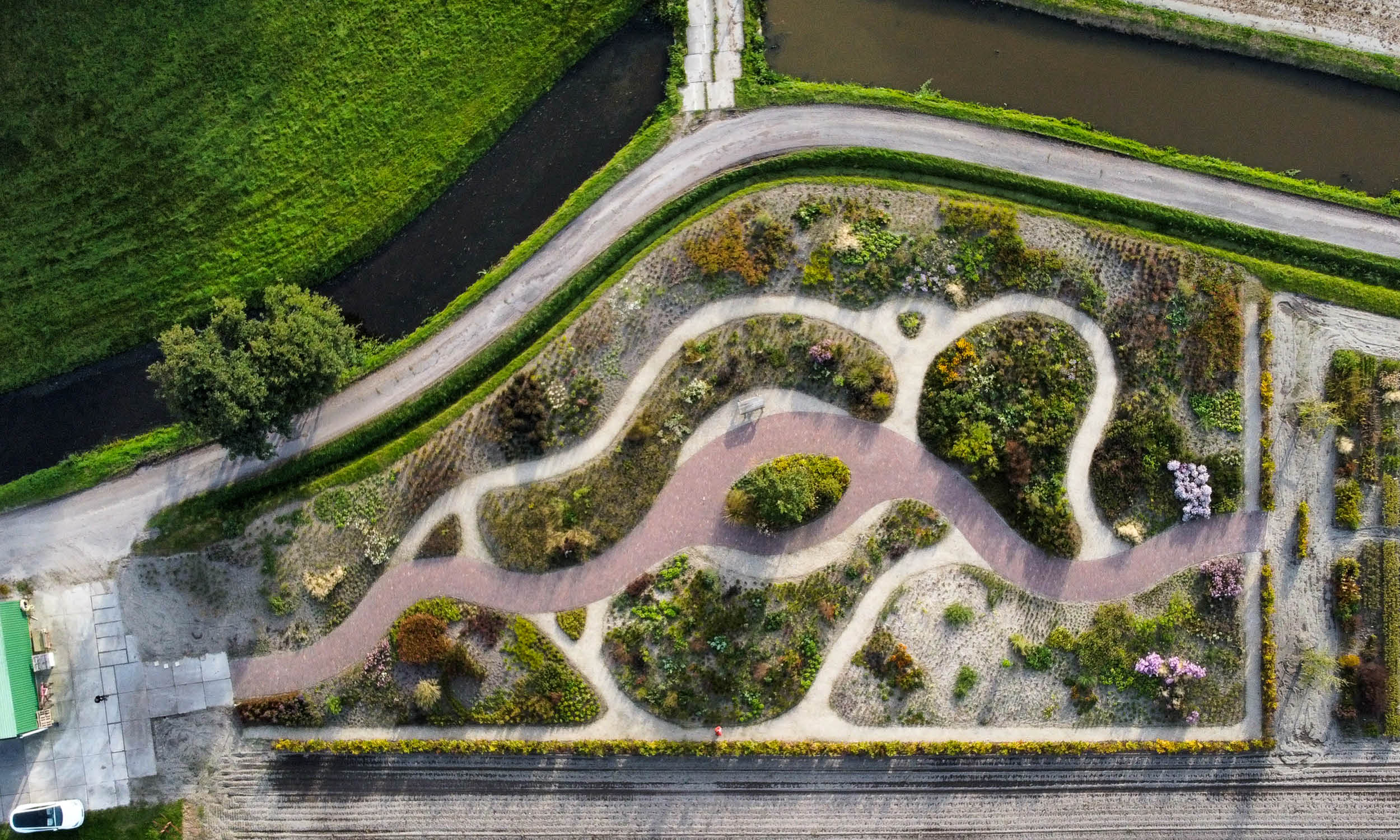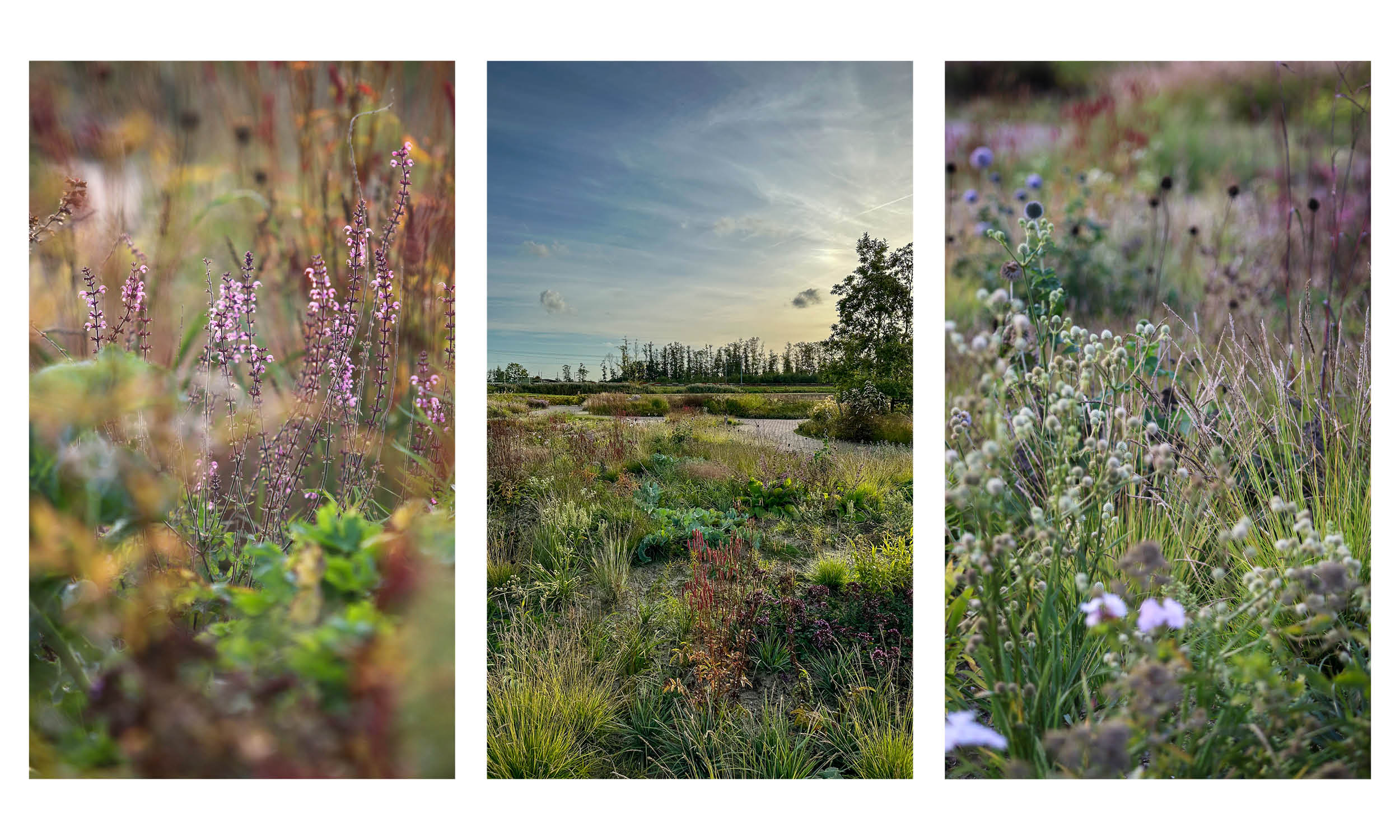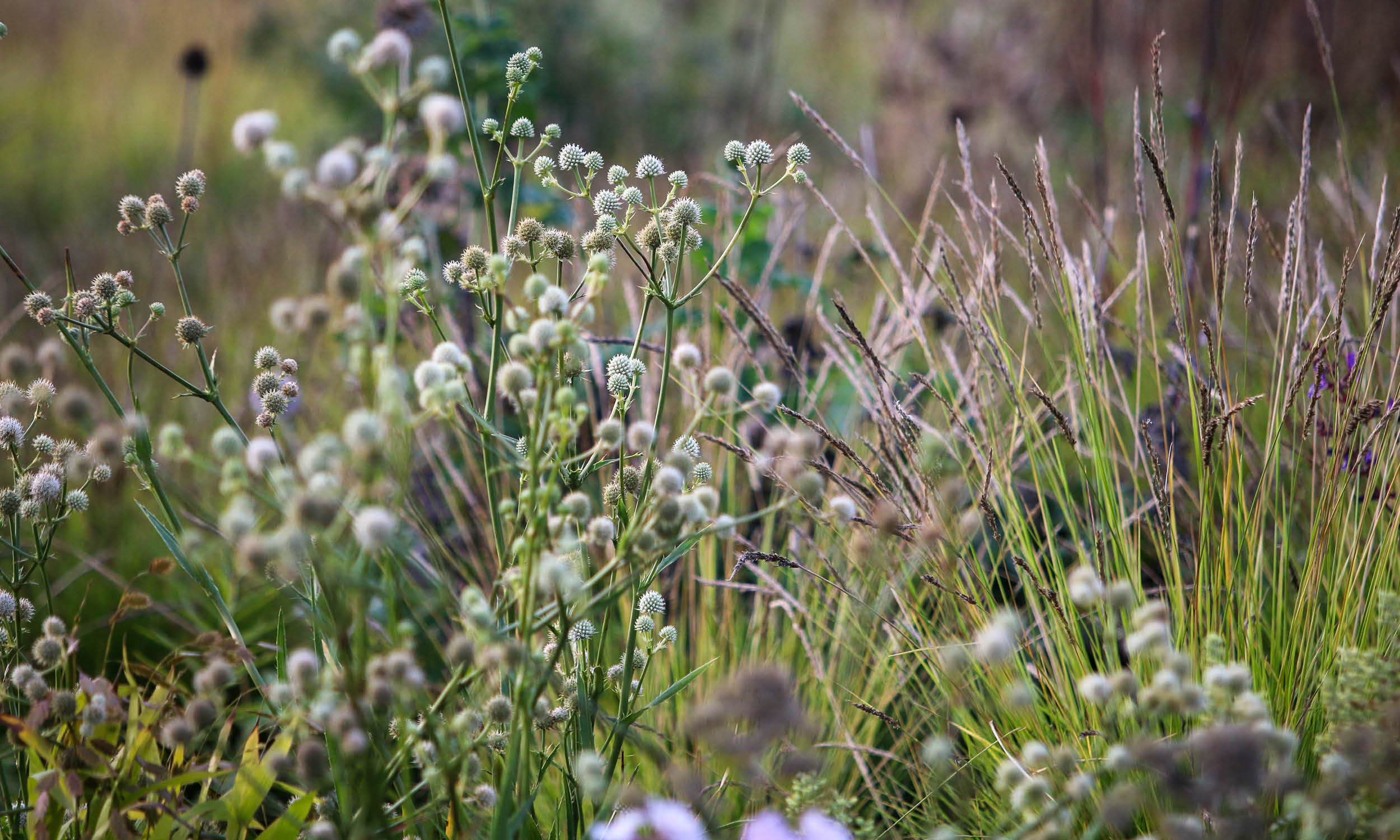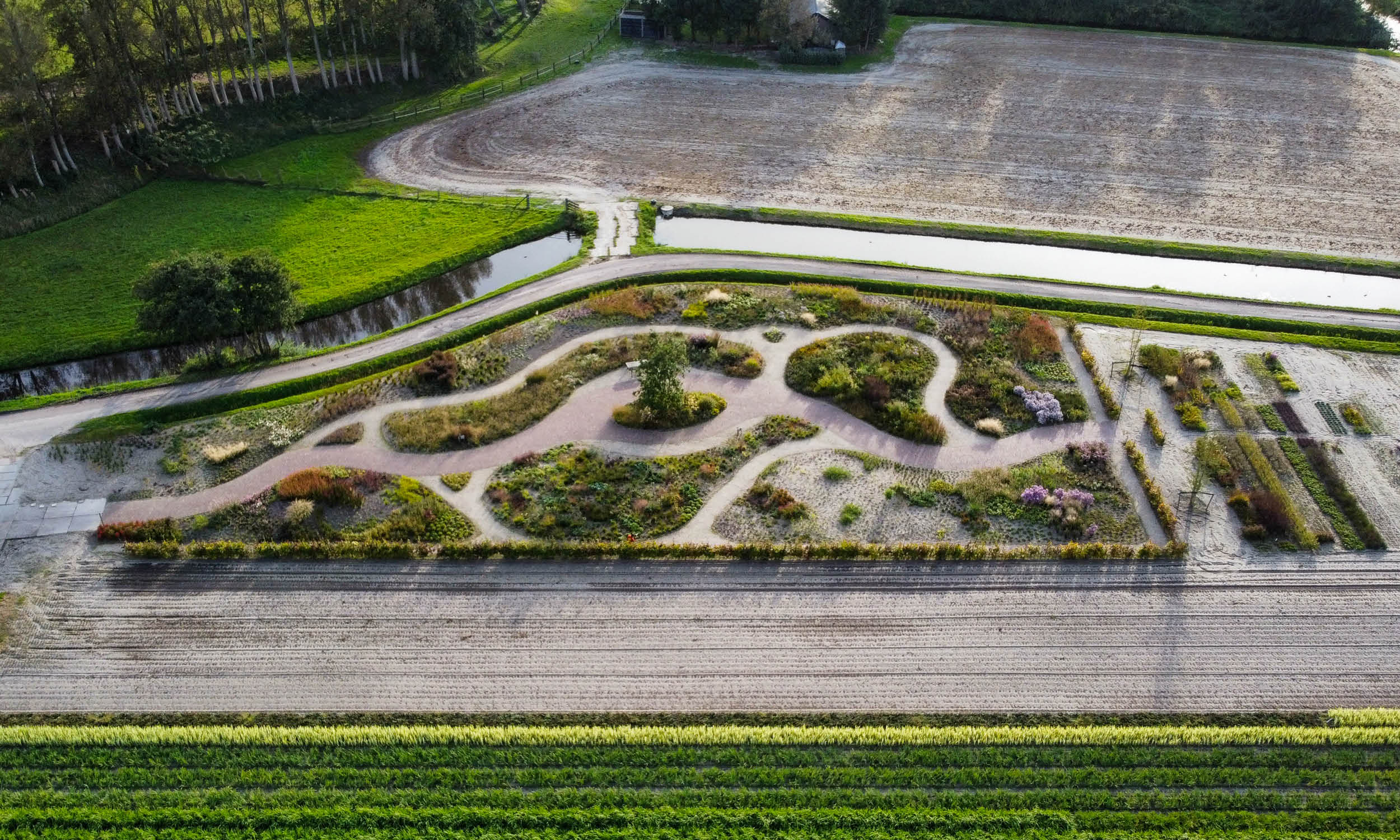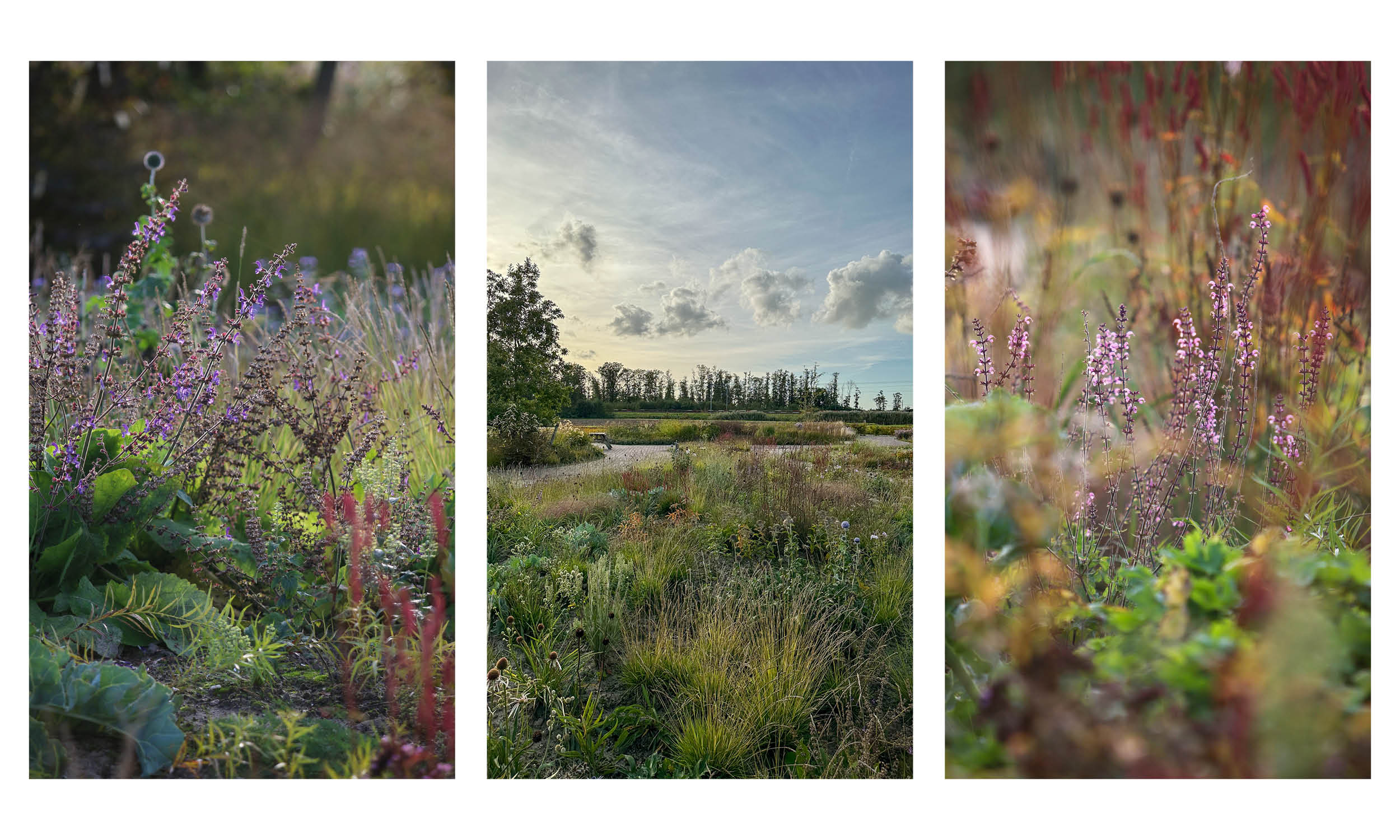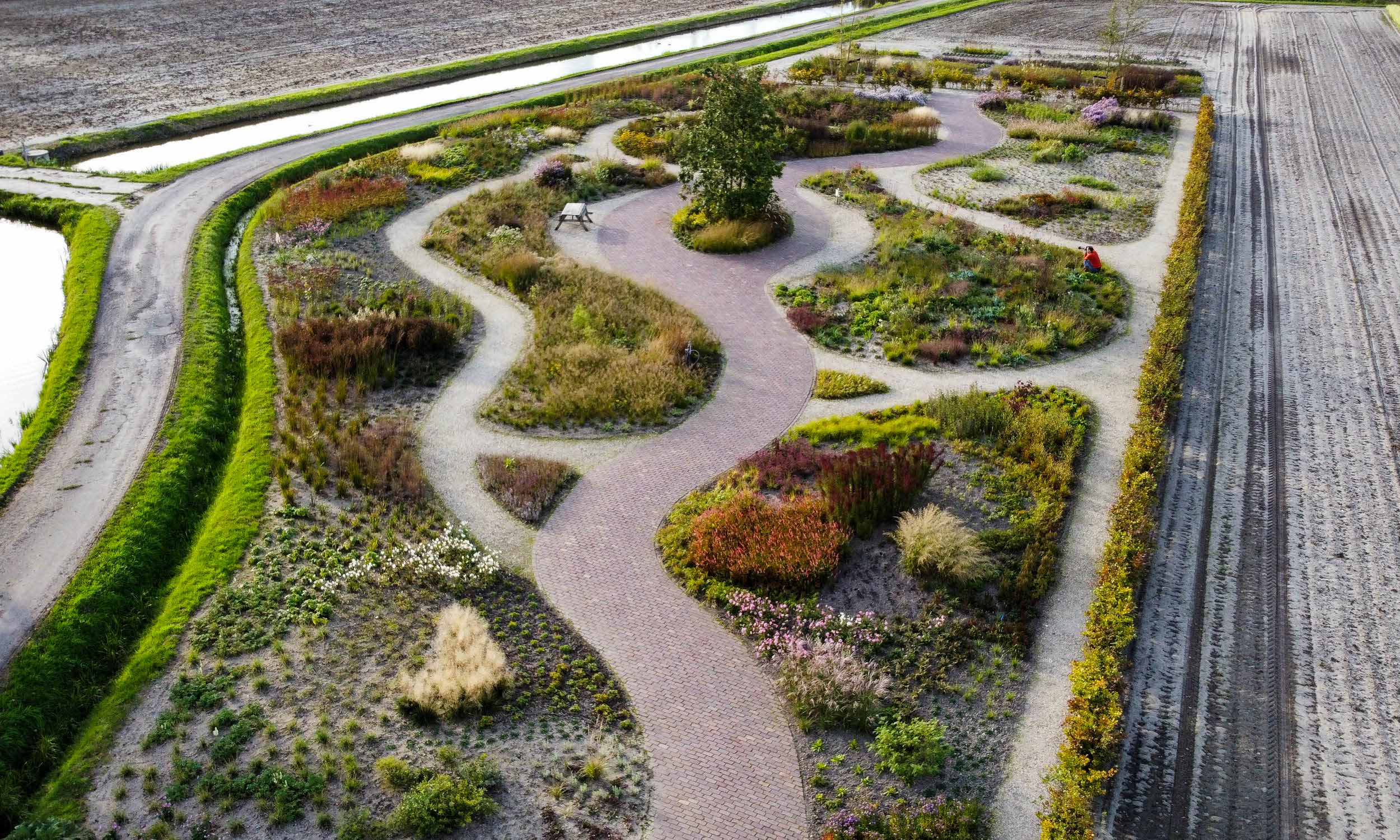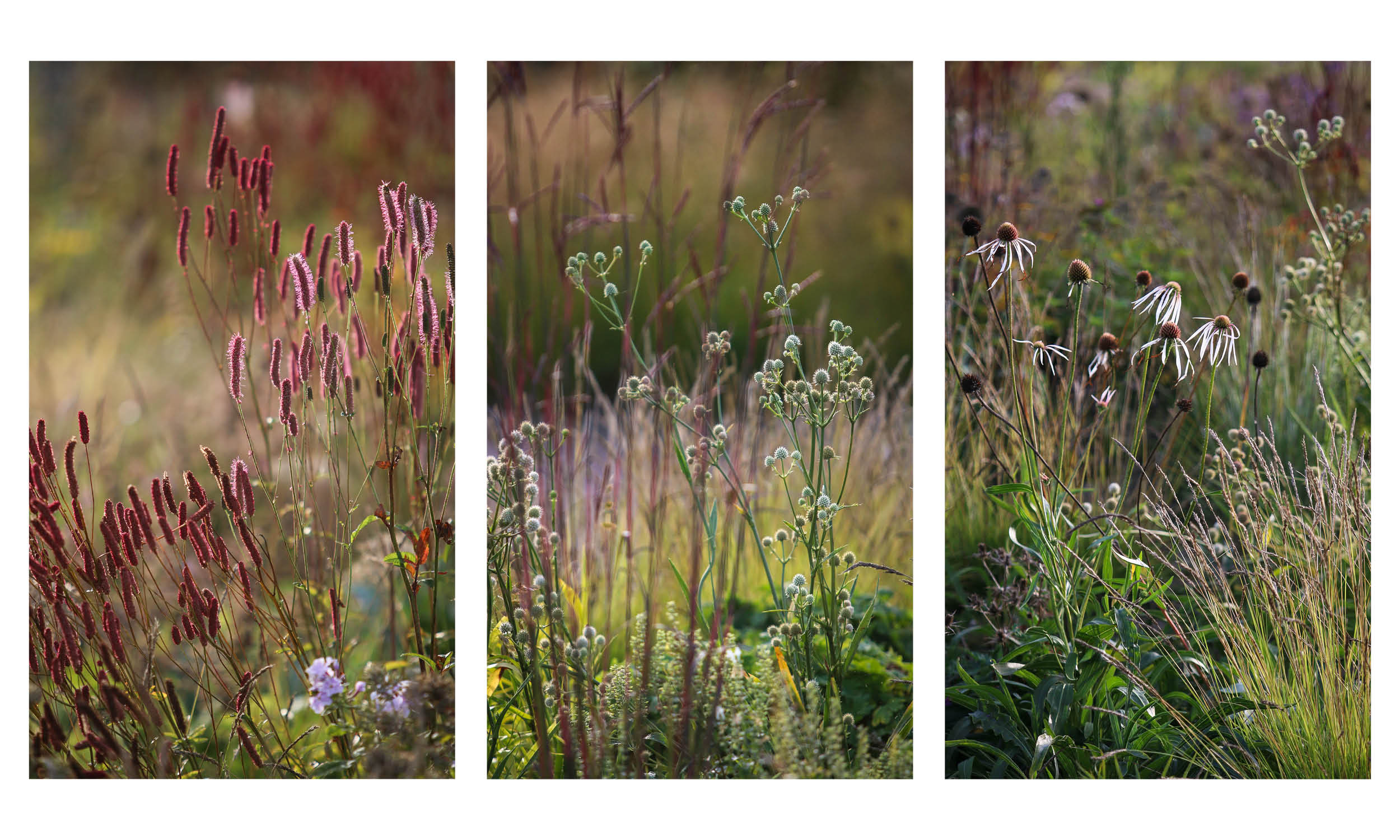Future Plants Landscape: A Botanical Innovation Hub
Future Plants, located in The Netherlands, is a pioneering nursery dedicated to horticultural innovation and emerging plant varieties. Our studio was entrusted with designing a unique landscape that transforms their land into a living laboratory and exhibition space, reflecting a dynamic intersection between growers and designers. This meticulously crafted landscape serves multiple purposes: it trials and displays emerging plant varieties and established species, both as individual specimens and in combinations, while inspiring designers and nurseries to incorporate these species in their work.
The design has a plant-driven focus, encouraging exploration and close observation of different species. Strategically placed seating areas allow visitors to pause and study the plants. Slightly mounded planting beds create microclimates and elevate specific plants for better visibility. The layout strikes a balance between visual appeal and the practical functionality required for a working nursery, ensuring efficiency in growing and trialing processes.
Designed to highlight plants through different seasons, the landscape offers year-round interest and demonstrates the versatility of featured species. With a substantial area of 2,280 square meters, the nursery supports extensive growing capacity and a diverse range of plants. Conceptualised as an ongoing experiment, most of the planting was only introduced earlier this year in 2024 and is just beginning to establish. The garden is intentionally designed to transform and evolve as new species are introduced, ensuring it remains at the forefront of horticultural innovation.
This landscape represents more than just a nursery; it’s a forward-thinking platform for botanical exploration and innovation, bridging the gap between growers and designers. By showcasing plants in various combinations and settings, it provides valuable insights into growth habits, compatibility, and aesthetic potential. This approach not only educates visitors but also encourages more diverse and sustainable planting practices in both professional and private landscapes. As the garden continues to evolve, it will serve as a crucial resource for studying plant adaptability, particularly in the face of changing climate conditions, making it an invaluable asset to the horticultural community and beyond.
